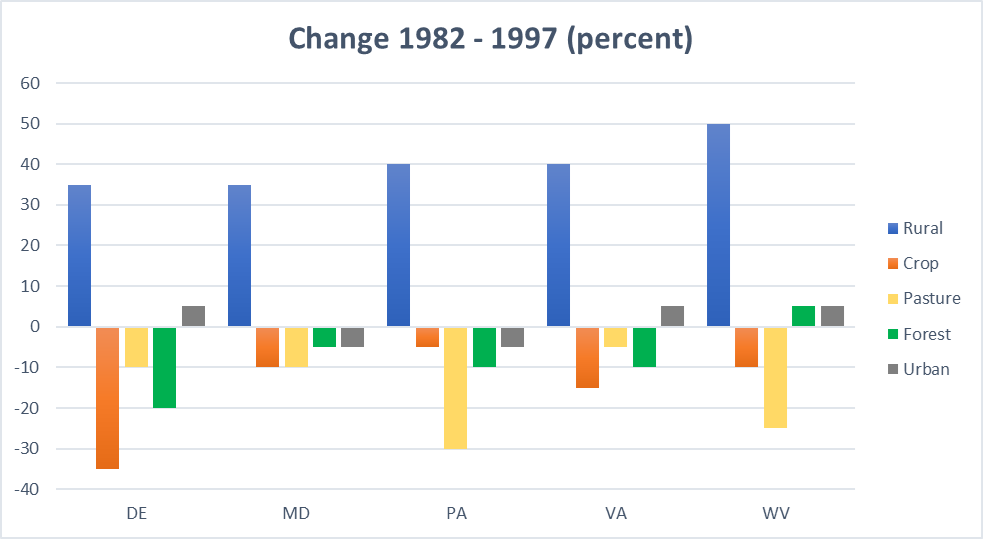Events & Promotions
|
|

GMAT Club Daily Prep
Thank you for using the timer - this advanced tool can estimate your performance and suggest more practice questions. We have subscribed you to Daily Prep Questions via email.
Customized
for You
Track
Your Progress
Practice
Pays
Not interested in getting valuable practice questions and articles delivered to your email? No problem, unsubscribe here.
- Nov 20
07:30 AM PST
-08:30 AM PST
Learn what truly sets the UC Riverside MBA apart and how it helps in your professional growth - Nov 22
11:00 AM IST
-01:00 PM IST
Do RC/MSR passages scare you? e-GMAT is conducting a masterclass to help you learn – Learn effective reading strategies Tackle difficult RC & MSR with confidence Excel in timed test environment - Nov 23
11:00 AM IST
-01:00 PM IST
Attend this free GMAT Algebra Webinar and learn how to master the most challenging Inequalities and Absolute Value problems with ease. - Nov 25
10:00 AM EST
-11:00 AM EST
Prefer video-based learning? The Target Test Prep OnDemand course is a one-of-a-kind video masterclass featuring 400 hours of lecture-style teaching by Scott Woodbury-Stewart, founder of Target Test Prep and one of the most accomplished GMAT instructors.
Dropdown 1: 4
Dropdown 2: 30,000 acres more
Be sure to select an answer first to save it in the Error Log before revealing the correct answer (OA)!
Difficulty:
 95%
(hard)
95%
(hard)
Question Stats:
29% (03:39) correct 71%
(03:53)
wrong
71%
(03:53)
wrong  based on 363
sessions
based on 363
sessions
History
Date
Time
Result
Not Attempted Yet

The graph shows the percent change in the area of different land cover types across five states (DE, MD, PA, VA, and WV) from 1982 to 1997.
Select from each drop-down menu the option that creates the most accurate statement based on the information provided.
If the combined rural area of Pennsylvania (PA) and Virginia (VA) was twice that of the pasture area in West Virginia (WV) in 1982, then in 1997, the combined rural area of Pennsylvania (PA) and Virginia (VA) was approximately times larger than the pasture area in West Virginia.
If Delaware (DE) had 380,000 acres of cropland in 1997 and Maryland (MD) had 500,000 acres of cropland in 1997, then Delaware had approximately cropland than Maryland in 1982.
Attachment:
256.jpg [ 62.31 KiB | Viewed 8173 times ]
ShowHide Answer
Official Answer
Dropdown 1: 4
Dropdown 2: 30,000 acres more
Kudos
Bookmarks
Bunuel
Official Solution:
Drop-down 1:
Assuming the combined rural area of Pennsylvania (PA) and Virginia (VA) was 100 \(unit^2\) in 1982, the pasture area in West Virginia (WV) would be 50 \(unit^2\) in the same year. From the graph, we see that the rural areas of both Pennsylvania (PA) and Virginia (VA) increased by 40%, so in 1997, the combined rural area would become 140 \(unit^2\). Meanwhile, the pasture area in West Virginia (WV) decreased by 25%, reducing it to 37.5 \(unit^2\). Therefore, in 1997, the combined rural area of Pennsylvania (PA) and Virginia (VA) was \(\frac{140}{37.5} \approx 4\) times larger than the pasture area in West Virginia.
Drop-down 2:
Delaware's cropland decreased by 35% from 1982 to 1997, so 380,000 acres of cropland in 1997 implies that in 1982 it was \(\frac{380,000}{0.65} \approx 585,000\) acres. During the same period, Maryland's (MD) cropland decreased by 10%, so 500,000 acres of cropland in 1997 implies that in 1982 it was \(\frac{500,000}{0.90} \approx 555,000\) acres. Therefore, in 1982, Delaware had approximately 30,000 acres more cropland than Maryland.
Correct answer:
Dropdown 1: "4"
Dropdown 2: "30,000 acres more"
Kudos
Bookmarks
1. Let the pasture area of West Virginia before and after be \(W_1\) and \(W_2\). Also let the rural areas of Pennsylvania and Virginia before and after be \(P_1\), \(P_2\), \(V_1\), and \(V_2\), respectively.
2. It is known that \(2W_1 = P_1 + V_1\).
3. From the charts it can be deduced: \((1 - 0.25) * W_1 = W_2\), \((1 + 0.4) * P_1 = P_2\), and \((1 + 0.4) * V_1 = V_2\).
4. The question asks us to find the value of \(\frac{P_2 + V_2}{W_2}\). It can be simplified into \(\frac{P_2 + V_2}{W_2} = \frac{1.4P_1 + 1.4V_1}{0.75W_1} = \frac{1.4(P_1 + V_1)}{0.75 * 0.5(P_1 + V_1)} \approx 3.73\), which is closest to 3.5.
5. Let the cropland area of Delaware and Maryland before and after be \(D_1\), \(D_2\), \(M_1\), and \(M_2\), respectively.
6. It is known that \(D_2 = 380000\) and \(M_2 = 500000\).
7. From the charts it can be deduced: \((1 - 0.35)D_1 = D_2 \rightarrow D_1 = \frac{380000}{0.65} \approx 584615\) and \((1 - 0.1)M_1 = M_2 \rightarrow M_1 = \frac{500000}{0.9} \approx 555555\).
8. The questions asks to find \(D_1 - M_1 = 584615 - 555555 = 29060\), which is about 30000 acres more.
9. Our answer will be: 3.5 and "30000 acres more."
2. It is known that \(2W_1 = P_1 + V_1\).
3. From the charts it can be deduced: \((1 - 0.25) * W_1 = W_2\), \((1 + 0.4) * P_1 = P_2\), and \((1 + 0.4) * V_1 = V_2\).
4. The question asks us to find the value of \(\frac{P_2 + V_2}{W_2}\). It can be simplified into \(\frac{P_2 + V_2}{W_2} = \frac{1.4P_1 + 1.4V_1}{0.75W_1} = \frac{1.4(P_1 + V_1)}{0.75 * 0.5(P_1 + V_1)} \approx 3.73\), which is closest to 3.5.
5. Let the cropland area of Delaware and Maryland before and after be \(D_1\), \(D_2\), \(M_1\), and \(M_2\), respectively.
6. It is known that \(D_2 = 380000\) and \(M_2 = 500000\).
7. From the charts it can be deduced: \((1 - 0.35)D_1 = D_2 \rightarrow D_1 = \frac{380000}{0.65} \approx 584615\) and \((1 - 0.1)M_1 = M_2 \rightarrow M_1 = \frac{500000}{0.9} \approx 555555\).
8. The questions asks to find \(D_1 - M_1 = 584615 - 555555 = 29060\), which is about 30000 acres more.
9. Our answer will be: 3.5 and "30000 acres more."










